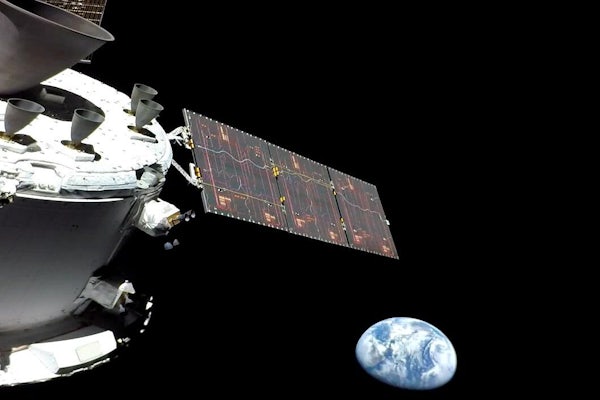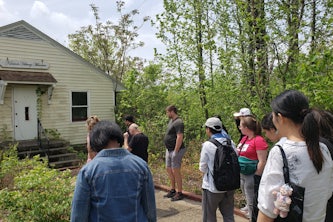To the Moon and back
A first-person account from McKelvey School of Engineering alum Fiona Turett on what it's like to be a NASA flight director

A few things come to mind when Fiona Turett, BSME ’09, thinks about a “good day” at her job. She enjoys interacting with co-workers from different departments and figuring out the most efficient way to accomplish a task. And she loves a day spent training people, not only to help them, but to help her keep her skills current.
As someone who really likes problem-solving, Turett, who majored in mechanical engineering at the McKelvey School of Engineering, recalls a meeting she recently led to develop some contingency plans.
The gist of the meeting? “When you have Orion, which is the vehicle that brings the crew back to Earth eventually, and the lander docked, and you have fire or depressurization, how do you keep the crew safe?”
“Working through creating plans for that, that was a great day for me,” she says.
Turett, who became a NASA flight director on Jan. 10, 2022, divides her time between supporting human spaceflight missions for the International Space Station and NASA’s Artemis missions, NASA’s program for returning to the Moon.* Here’s how she approaches her work leading teams of flight controllers, engineers and professionals throughout NASA.
Read the full story here.



